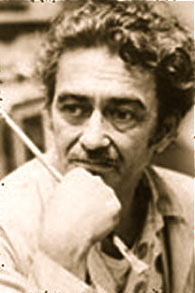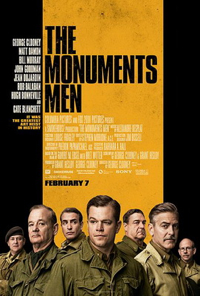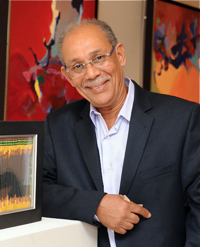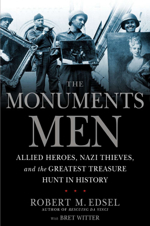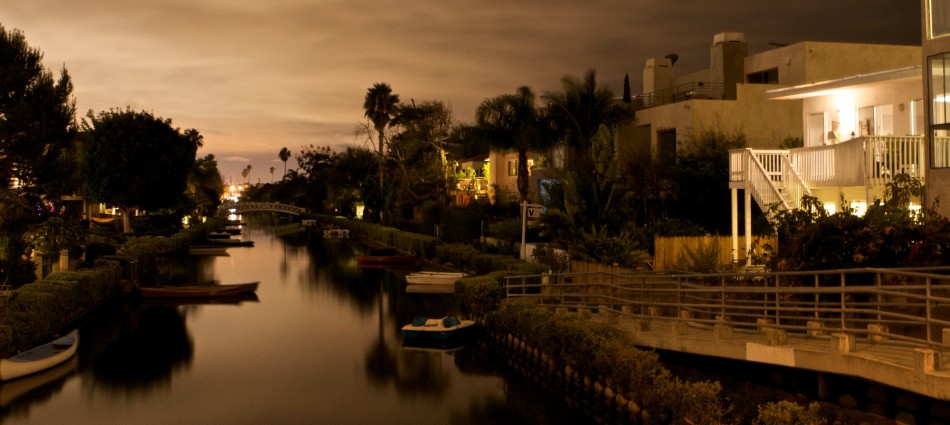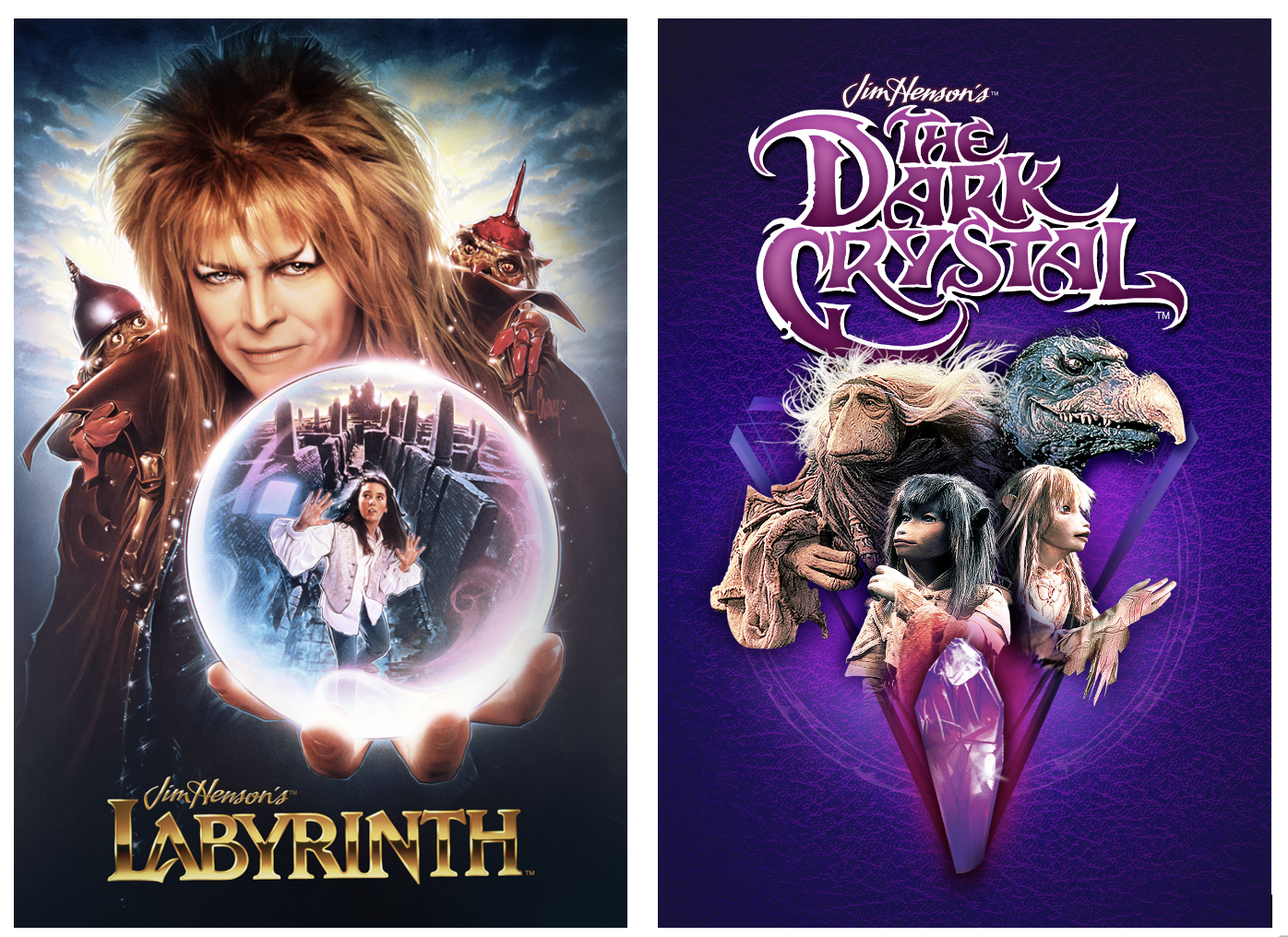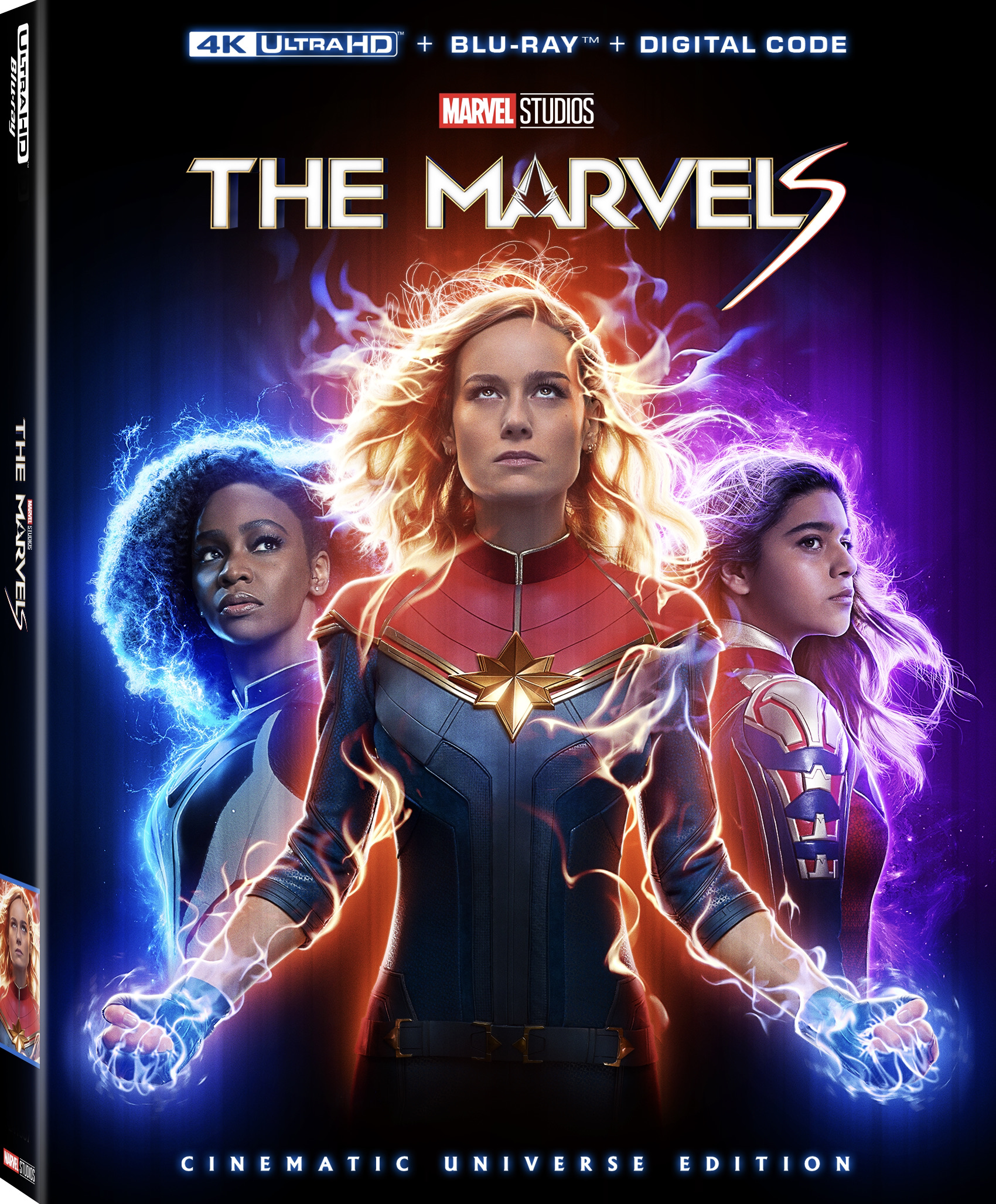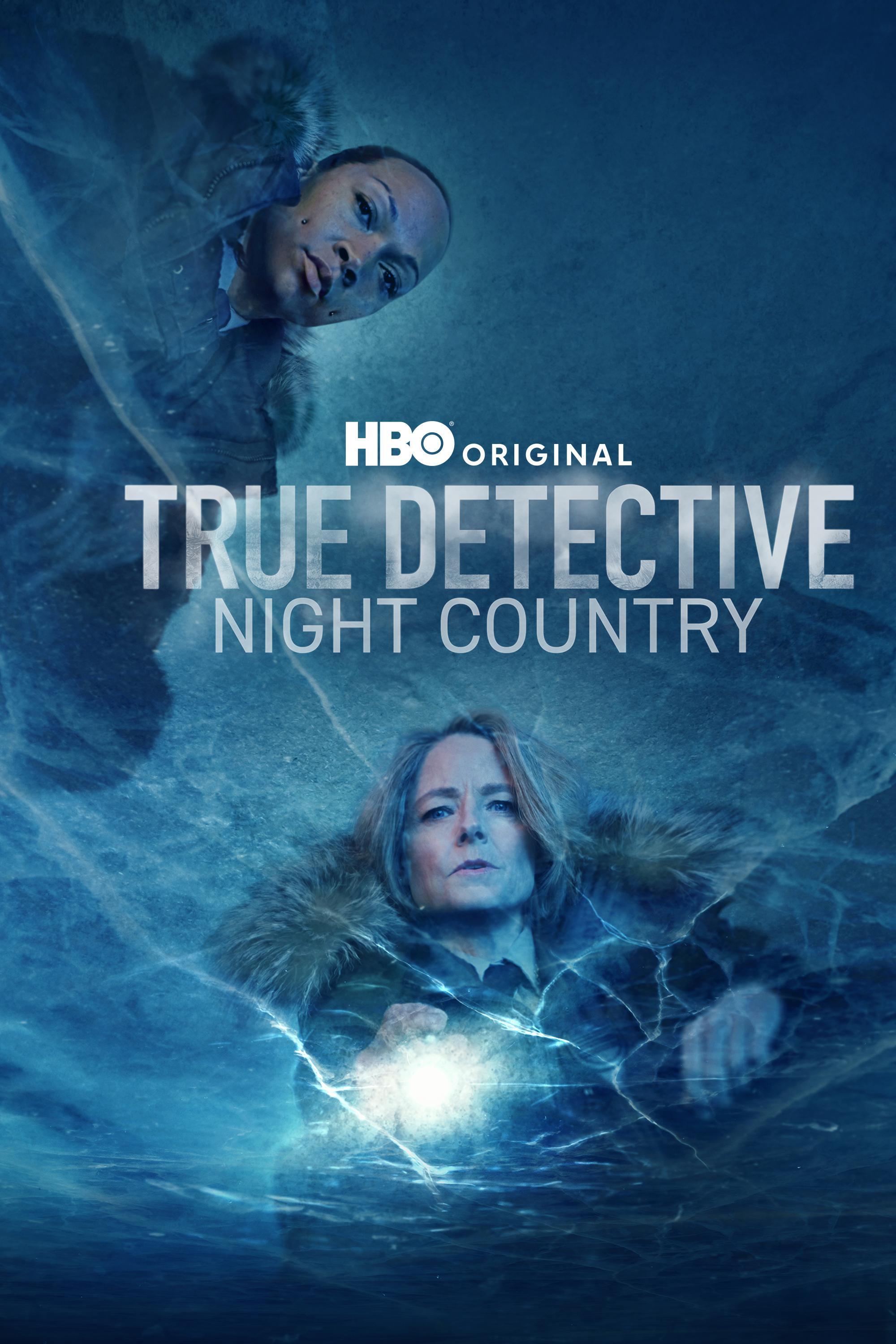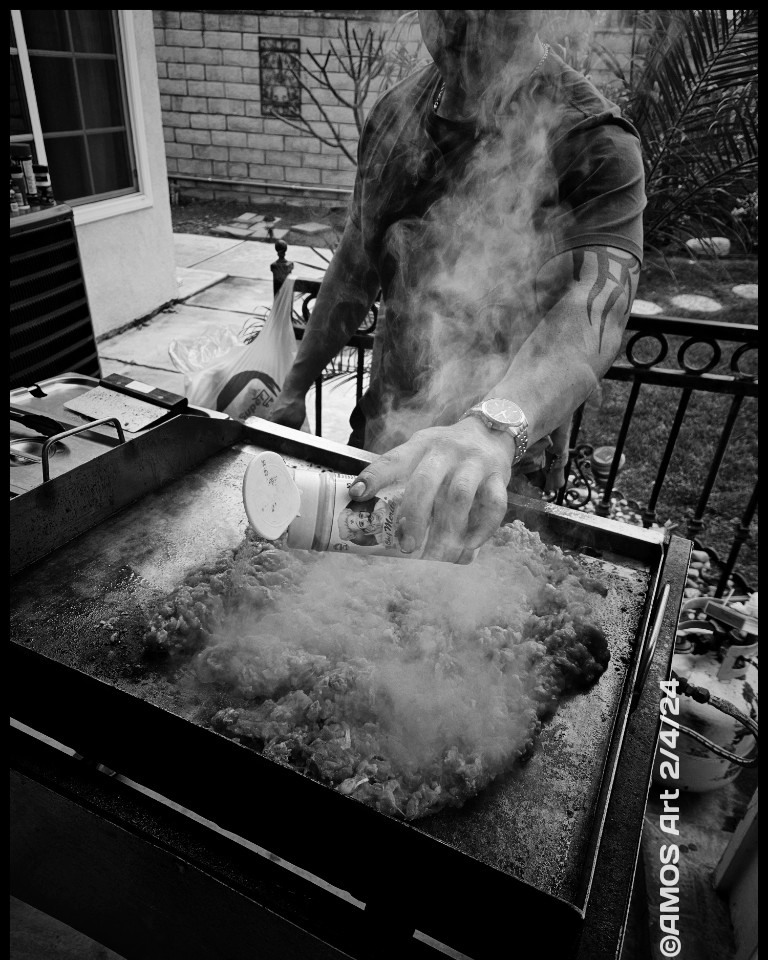The Monuments Men tells an intriguing story of brave men and women who worked tirelessly to save great works of art from Nazi destruction. And there’s even more to the story…including the heroic work of one Latino professor
By Angela Ortíz
I am as a student of the arts and a history buff, so The Monuments Men got my attention. I even remembered a little of the story from long ago: I had read before about a group of folks who protected art works during World War II, but I had no idea Latinos were involved.
While I was checking on information on the film, I found out that there were 345 men and women from 13 countries that were part of the Monuments, Fine Arts, And Archives (MFAA) during WW II, and at least three of them were Latinos. The most prominent one was Lt. Felix José Bonilla y Norat who was a professor and critic from Puerto Rico. He taught many of Puerto Rico’s prominent artists and left a huge body of work before his death in 1992.
I got the opportunity to talk to one of his students, Carmelo Fontanez, a prominent artist and professor in Puerto Rico.
Can we talk a bit about your professor Bonilla y Norat?
He was an art professor at the University of Puerto Rico, who taught mural painting, theory of color and fine art painting. He was an art critic and very knowledgeable of art history and sociology. He was very concerned about what was going on around the world. He was one of Puerto Rico’s well-known painters. And he contributed a lot to the discipline of art in the community.
Did he talk about what he did as a Monuments Man?
He was not one to talk about himself, but once in a while he would talk about an encounter with Hitler and how in the moment he thought of how he could save this important mission, especially some paintings Hitler had.
How much of an influence he was to you as an artist?
He was very, very influential and very good to all his students. He was an extraordinary professor, because he wanted us to express our feelings in terms of the society we lived in. It was our responsibility as students of the arts, to make good paintings, not just a commercial piece. He wanted us to go within ourselves and try to express the feeling of humanity and country. He really motivated us to express what was within us.
As a painter yourself, what do you enjoy the most: the abstract or combination of realism and abstract?
I like a combination. I like to express what’s going on and show meaning in my paintings, especially in my abstracts.
Do you hope that someday there will be a film based on Bonilla y Norat’s life?
Yeah, he’s a person so profound, an intellectual, a man that was so different as a professor. He made a great contribution to the University of Puerto Rico. He represents an artist that experimented with media, not only in painting but also in design. It would be nice if there were an interest in representing his life. He was a very special person.
The Monuments Men, directed by George Clooney, who also wrote and produced it with Grant Heslov, and starring Clooney, Matt Damon, Bill Murray, John Goodman, Cate Blanchett, Jean Dujardin, Bob Balaban, and Hugh Bonneville. And based on the book of the same name by Robert M. Edsel.
Read more about Dr. Bonilla y Norat here and about the heroic mission of the Monuments Men (and women), from all cultures and countries, here and here. The Monuments Men is playing nationwide.

